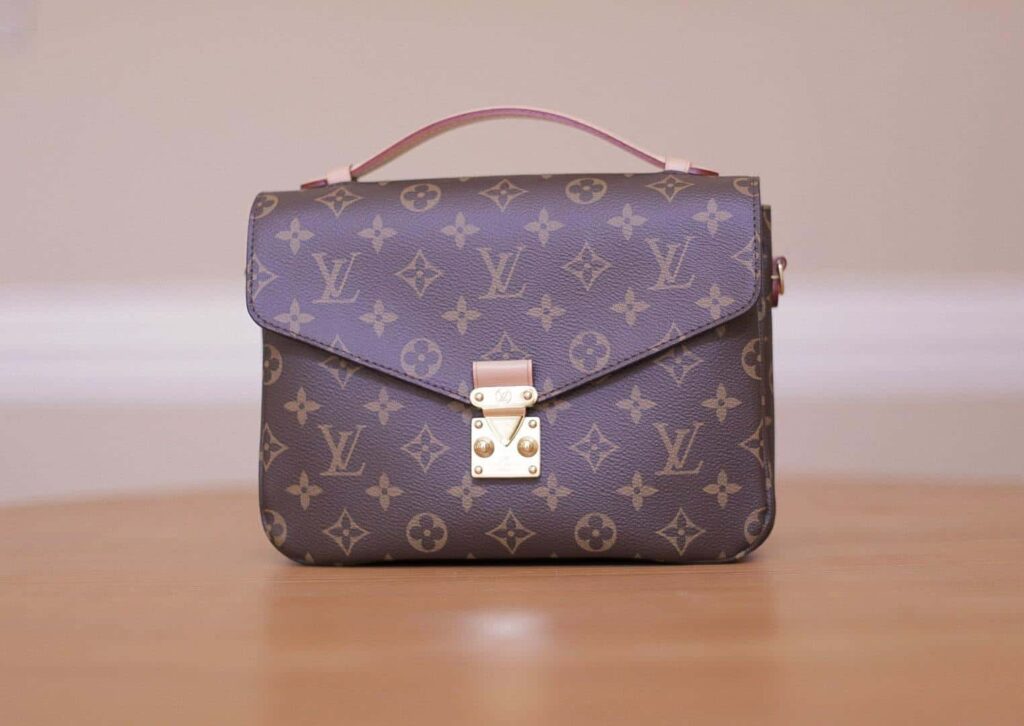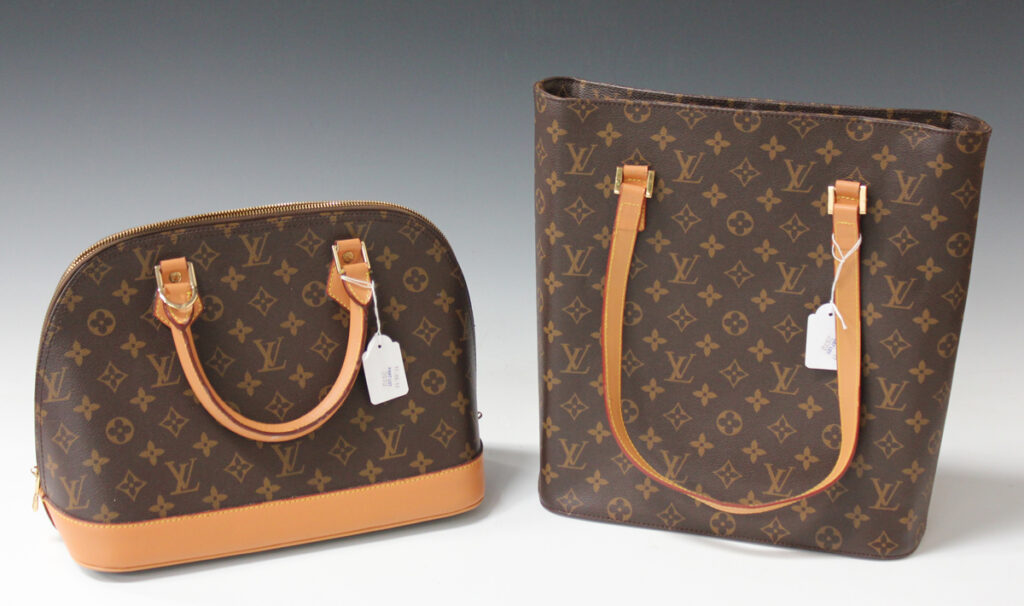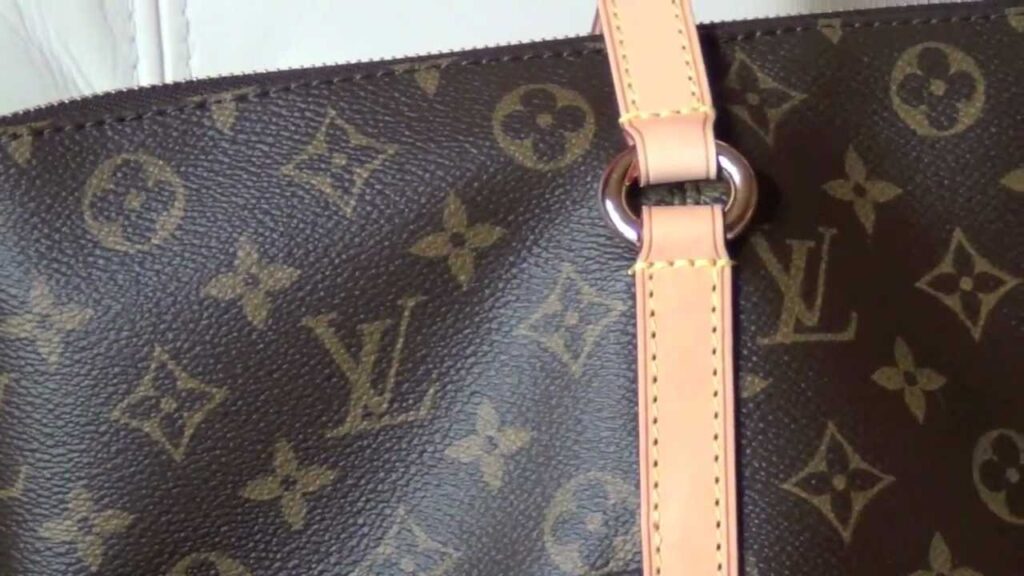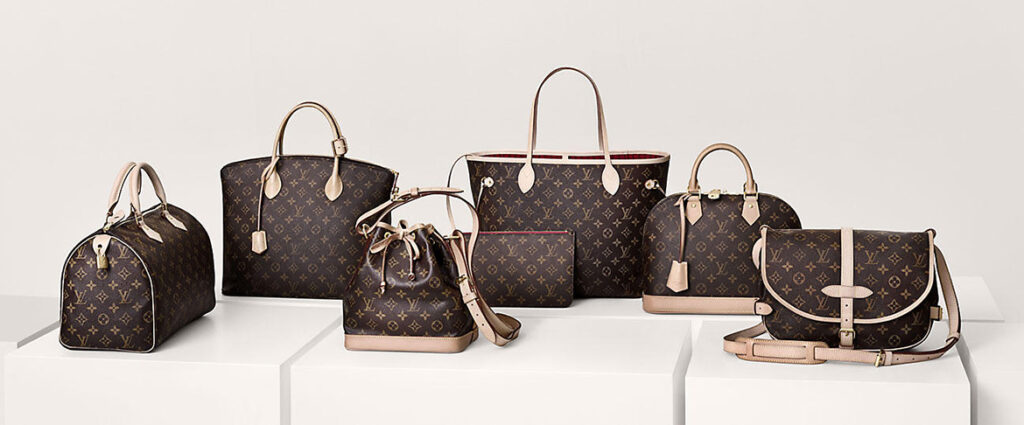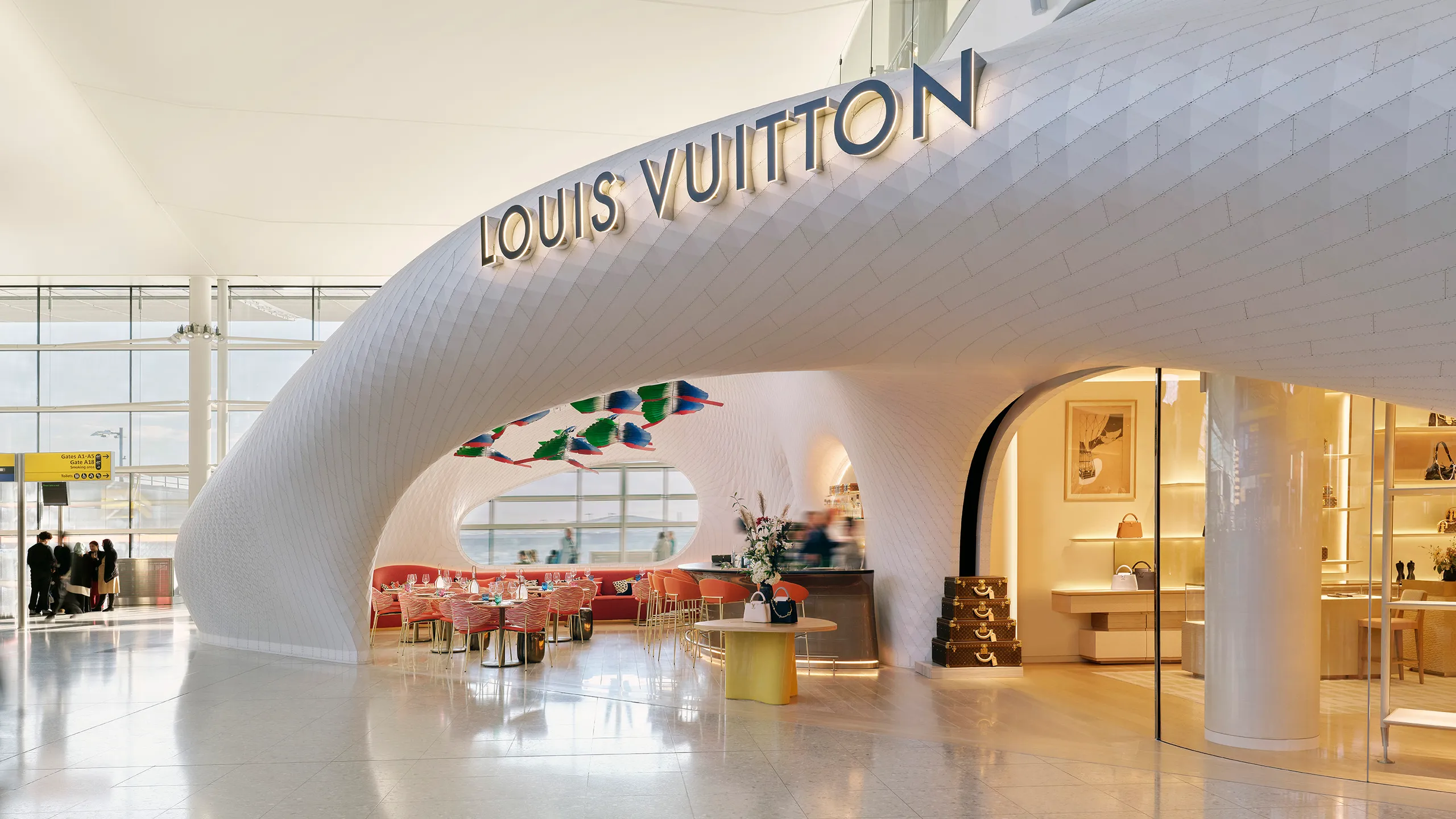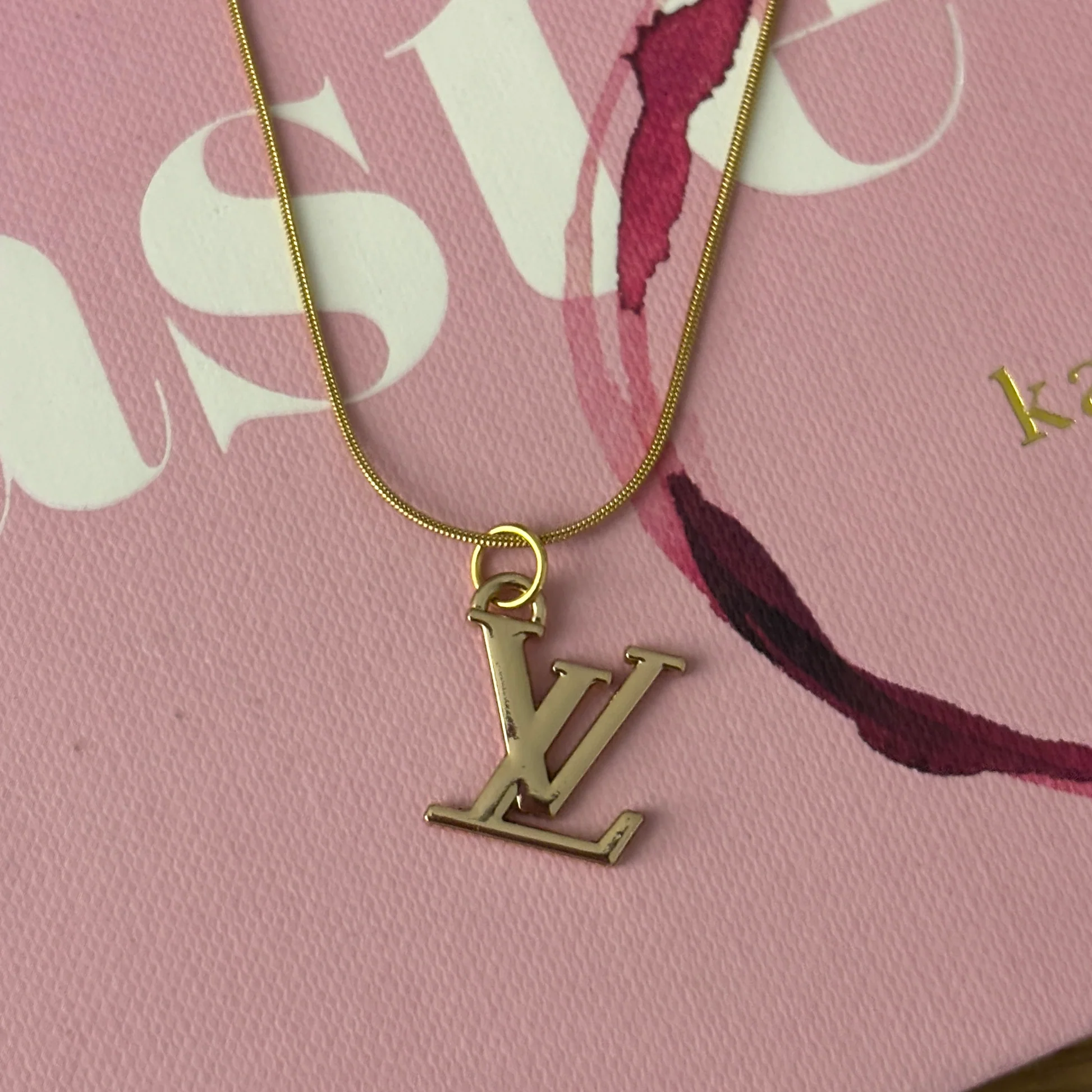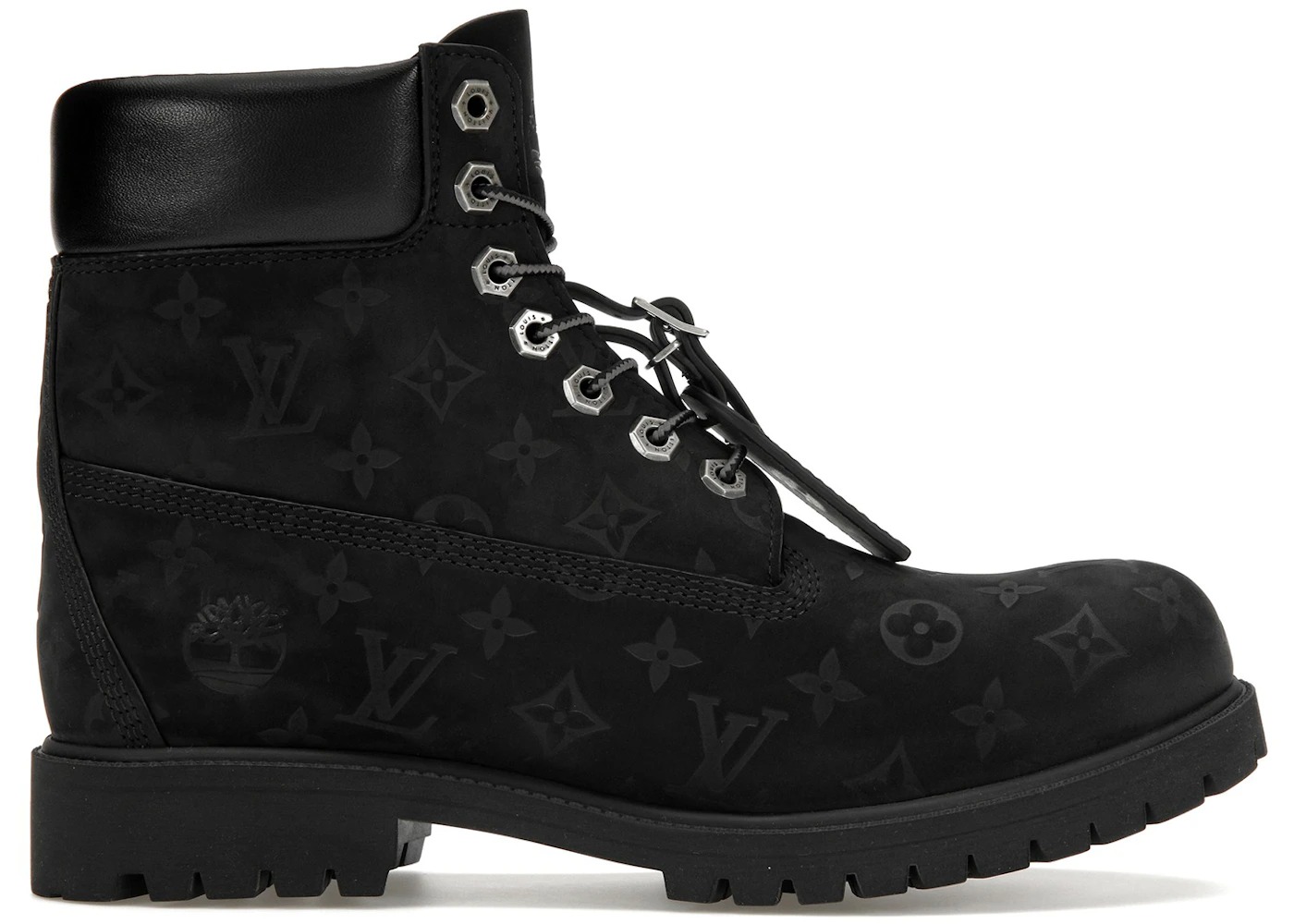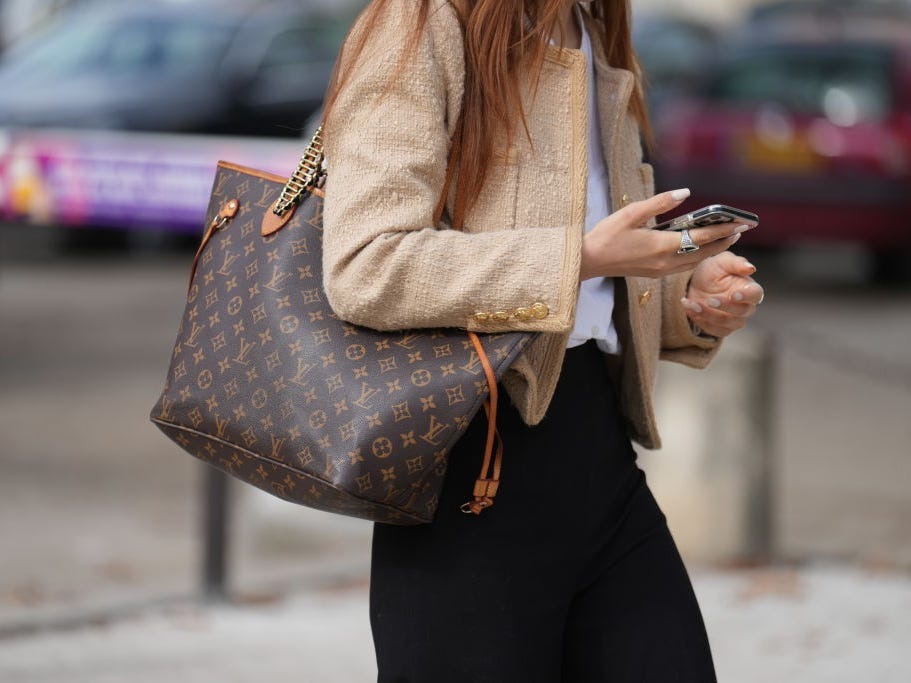Replica Louis Vuitton – Louis Vuitton, a name synonymous with luxury, prestige, and fashion-forward thinking, has long been a symbol of affluence and exclusivity.
But with great fame comes great imitation. The market for replica Louis Vuitton products has grown exponentially, driven by high demand for designer looks at more affordable prices.
While some see replicas as a cost-effective alternative, others argue they undermine creativity, authenticity, and legality.
In this article, we will explore the phenomenon of replica Louis Vuitton, examining its appeal, legality, quality, ethical implications, and what it means for both consumers and the brand itself.
What Are Replica Louis Vuitton Products?
Replica Louis Vuitton items are imitation goods designed to closely resemble authentic Louis Vuitton products.
These replicas range from handbags and wallets to belts, shoes, and clothing.
The key distinction is that replicas are not produced or authorized by Louis Vuitton. Instead, they are manufactured by third-party companies or individuals, often using lower-cost materials and labor.
There are different grades of replicas:
- Superfake or 1:1 replicas: High-end fakes that replicate nearly every detail of an authentic product.
- Mid-grade replicas: Moderate quality with noticeable differences upon close inspection.
- Low-quality fakes: Poor materials and craftsmanship that often don’t last long.
The Appeal of Replica Louis Vuitton
Replica Louis Vuitton items attract a wide range of buyers for several reasons:
- Affordability
Authentic Louis Vuitton items can cost hundreds to thousands of dollars.
Replica versions are significantly cheaper, often selling for under $100, making luxury fashion more accessible to budget-conscious consumers.
- Aesthetic Desire
Many consumers simply want the “look” of luxury without paying for the brand premium.
Replicas provide a way to follow fashion trends and express style without a hefty price tag.
- Social Status
In a society that often equates brands with success, having a Louis Vuitton bag—real or fake—can be a status symbol.
Some consumers are more concerned with the appearance of wealth than authenticity.
- Experimentation
Some people purchase replicas to “test” whether a style suits them before investing in an authentic item.
Legal Implications
The replica market exists in a legal gray area and can often cross into illegal territory.
1. Counterfeiting vs. Inspired Designs
Selling counterfeit goods—products that bear a fake Louis Vuitton logo—is illegal in many countries.
Counterfeiting infringes on intellectual property laws, including trademarks and design rights.
On the other hand, products “inspired” by designer items, without copying logos or branding, may be legally sold depending on the jurisdiction. However, they still tread a fine line.
2. Consumer Risk
Buying replicas, particularly from unregulated online sources, can expose consumers to fraud, poor customer service, and even identity theft.
Customs officials in many countries also seize counterfeit goods at the borders.
3. Brand Protection
Louis Vuitton aggressively protects its intellectual property and frequently takes legal action against counterfeiters and sellers of replicas.
The brand invests heavily in anti-counterfeiting technologies and legal teams.
Ethical Considerations
Replica Louis Vuitton items also raise important ethical questions:
- Impact on Designers and Artisans
Luxury brands like Louis Vuitton employ skilled artisans and invest in original designs.
Replicas undermine this craftsmanship by copying work without compensation or acknowledgment.
- Labor Practices
Many replica products are produced in sweatshops with low wages and poor working conditions.
Supporting these products may indirectly contribute to unethical labor practices.
- Environmental Impact
Luxury brands typically invest in sustainable practices, using higher-quality materials that last longer.
Replicas, made with cheaper and less durable materials, often end up in landfills quickly, contributing to environmental waste.
How to Identify a Replica
For consumers who want to avoid purchasing replicas, knowing how to spot the difference is crucial.
- Price
If a deal seems too good to be true, it probably is. Authentic Louis Vuitton products rarely go on significant sale.
- Materials and Craftsmanship
Look for inconsistencies in stitching, poor-quality materials, and misaligned logos or monograms.
- Serial Numbers and Date Codes
Louis Vuitton includes specific identifiers in authentic products.
Missing, inconsistent, or poorly formatted codes can indicate a replica.
- Packaging and Presentation
Authentic products come with high-quality packaging, dust bags, and official documentation. Replicas often skip these details.
The Online Replica Market
The internet has fueled the growth of replica Louis Vuitton products, especially through e-commerce platforms, social media, and encrypted messaging apps.
Some websites openly sell replicas, often under coded language like “mirror quality” or “designer-inspired.”
Social media influencers and YouTubers have also contributed to normalizing replica culture by posting “dupe hauls” or “luxury on a budget” videos.
While some disclaim the illegality, many gloss over the ethical and legal concerns in favor of entertainment or clicks.
Consequences for Louis Vuitton and the Fashion Industry
The rise of replicas poses a significant challenge for Louis Vuitton and other luxury brands:
- Loss of revenue from customers who opt for knockoffs instead of authentic items.
- Brand dilution, as the prevalence of fakes reduces the perceived exclusivity of the brand.
- Increased enforcement costs to monitor and combat counterfeit activity.
At the same time, some argue that replicas can create brand aspiration, indirectly boosting interest in authentic products.
Still, the line between inspiration and imitation continues to blur.
Consumer Responsibility
In an age of fast fashion and influencer culture, the onus is on consumers to make informed choices.
Buying a replica might seem like a harmless indulgence, but it’s important to consider the broader consequences—legal, ethical, and environmental.
Shifting toward more sustainable, ethical shopping habits, like buying secondhand, saving for authentic purchases, or supporting local designers, can be more rewarding in the long run.
Conclusion
The world of replica Louis Vuitton is complex, blending affordability with aspiration, legality with controversy, and style with ethical quandaries.
While replicas may offer a shortcut to luxury aesthetics, they come with significant trade-offs that consumers should weigh carefully.
Luxury isn’t just about logos—it’s about craftsmanship, heritage, and authenticity.
For those who value these qualities, replicas will never fully satisfy.
Whether you’re a fashion enthusiast or a curious observer, understanding the replica market is essential in making informed, responsible choices in today’s luxury landscape.

